Disclosure: This article contains affiliate links. We may earn a commission from purchases at no extra cost to you, which helps our travel content.
The first time I set foot on Via Serlas, St. Moritz's answer to Rodeo Drive, I was struck by the mechanical precision of it all—how each storefront was calibrated to perfection, each display window engineered to catch both light and attention with Swiss accuracy. After years of machining aerospace components where tolerances are measured in microns, I've developed an eye for craftsmanship that extends far beyond metal. In St. Moritz, luxury isn't just displayed; it's architected with intention. The crisp alpine air carries notes of exclusivity, and the snow-capped peaks stand sentinel over a valley where shopping transcends transaction to become experience. This winter weekend guide is my blueprint for navigating St. Moritz's luxury retail landscape—from the globally recognized designer flagships to the workshops of local artisans whose hands have inherited generations of Alpine craftsmanship.
Via Serlas: The Golden Mile of Alpine Luxury
Via Serlas functions like the central gear in St. Moritz's luxury mechanism—everything pivotal revolves around this pristine shopping avenue. Walking its length, I'm reminded of how a perfectly machined part fits seamlessly into its assembly; here, each boutique connects to create an ecosystem of refined consumption.
Chanel, Louis Vuitton, Gucci, Bulgari, and Hermès all maintain outposts that seem more intimate than their city counterparts. The Prada store particularly impressed me with its thoughtful architecture—the way Alpine light filters through strategically placed skylights to illuminate their winter collection demonstrates the same attention to environmental factors that aerospace engineers consider when designing components for extreme conditions.
During my visit last December, I spent a meditative hour in Bucherer, where the watchmakers' dedication to mechanical perfection resonated with my own professional ethos. Their collection of Patek Philippe watches represents the pinnacle of what happens when engineering meets artistry—much like the best luxury experiences themselves.
The staff along Via Serlas operate with the precision of a well-calibrated machine. Unlike the sometimes aloof service in Paris or Milan, I found St. Moritz's luxury ambassadors refreshingly authentic. They recognize that true luxury lies in the engineering of memorable experiences, not just in facilitating transactions.
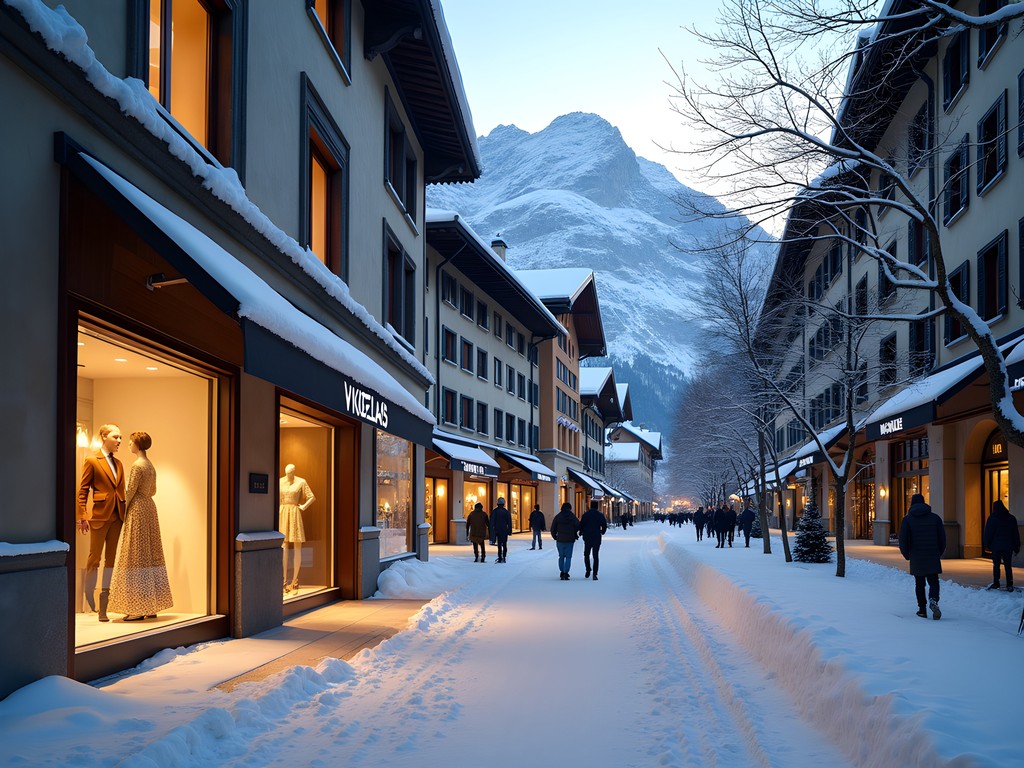
💡 Pro Tips
- Visit boutiques during mid-morning (10-11am) when they're least crowded and staff can provide personalized attention
- Most Via Serlas boutiques offer complimentary champagne—accept it and use this time to build rapport with sales associates who often know about unadvertised items
- Ask boutique staff about their exclusive 'St. Moritz editions'—many luxury brands create alpine-inspired pieces available only in this location
Artisanal Treasures: Where Alpine Tradition Meets Innovation
Beyond the global luxury houses lies a network of workshops and boutiques where Swiss craftsmanship continues its centuries-old dialogue between tradition and innovation. These spaces remind me of the specialized machining facilities I've visited—places where expertise is passed down through generations while constantly evolving with new techniques.
Glattfelder, tucked away on a side street near Hotel Kulm, represents five generations of leather craftsmanship. Their hand-stitched gloves use techniques dating back to 1895, yet incorporate modern waterproofing technologies that would impress any materials engineer. I invested in a pair lined with cashmere that maintain tactile sensitivity while providing remarkable insulation—a perfect example of form following function.
At Ebneter & Co., I discovered how traditional Swiss woodcarving has evolved into contemporary art forms. Their intricately carved jewelry boxes employ joinery techniques that any precision machinist would appreciate—corners meeting with tolerances that approach watchmaking standards.
Perhaps my most treasured find was at Faoro, where I spent an afternoon selecting a cashmere wrap woven with a density and evenness that speaks to both technical excellence and artisanal care. The proprietor explained how each piece undergoes a 19-step quality control process not unlike the inspection protocols we use for critical aerospace components.
What distinguishes these artisanal spaces is their mindful approach to luxury—creating objects designed to appreciate in both value and meaning over time, rather than following seasonal trends.

💡 Pro Tips
- Schedule appointments at workshops like Glattfelder for personalized service and the opportunity to see craftspeople at work
- Many artisanal shops close for extended lunch (12:30-2:30pm)—plan accordingly or use this time for your own leisurely Alpine lunch
- Ask about provenance—the best artisans can tell you exactly where their materials come from and who handled each production stage
Badrutt's Palace: The Epicenter of Curated Luxury
If Via Serlas is the mainspring of St. Moritz's luxury mechanism, then Badrutt's Palace is its balance wheel—the element that regulates the town's rhythm and sets its standard. This historic hotel houses a collection of boutiques that function as a carefully calibrated ecosystem of luxury.
The Embassy, the hotel's concept store, operates with the precision of a Swiss movement. Each item—from Tom Ford sunglasses to limited-edition ski accessories—has been selected with purpose, creating a retail experience that feels both curated and discovered. During my visit, I appreciated how the space was engineered for discovery, with sight lines that guide you naturally from one section to another.
Kings Club Boutique specializes in après-ski attire that balances technical performance with social signaling—much like how aerospace components must be both functional and precisely identified. Their selection of cashmere and performance wool demonstrates an understanding that luxury materials can also serve practical purposes.
What distinguishes shopping at Badrutt's is the service integration. Purchases can be delivered directly to your room or shipped internationally with the same precision that defines Swiss logistics. When I mentioned admiring a particular leather journal that was temporarily out of stock, it appeared in my room the following morning, sourced from their sister location in Gstaad—a level of service orchestration that would impress any supply chain engineer.
The Palace also houses Le Vendôme Watchmakers, where I spent a meditative hour observing a master watchmaker disassemble and service a complicated movement. The parallels to precision machining were striking—the same focus on tolerances, the same respect for materials, the same understanding that excellence lies in nearly invisible details.
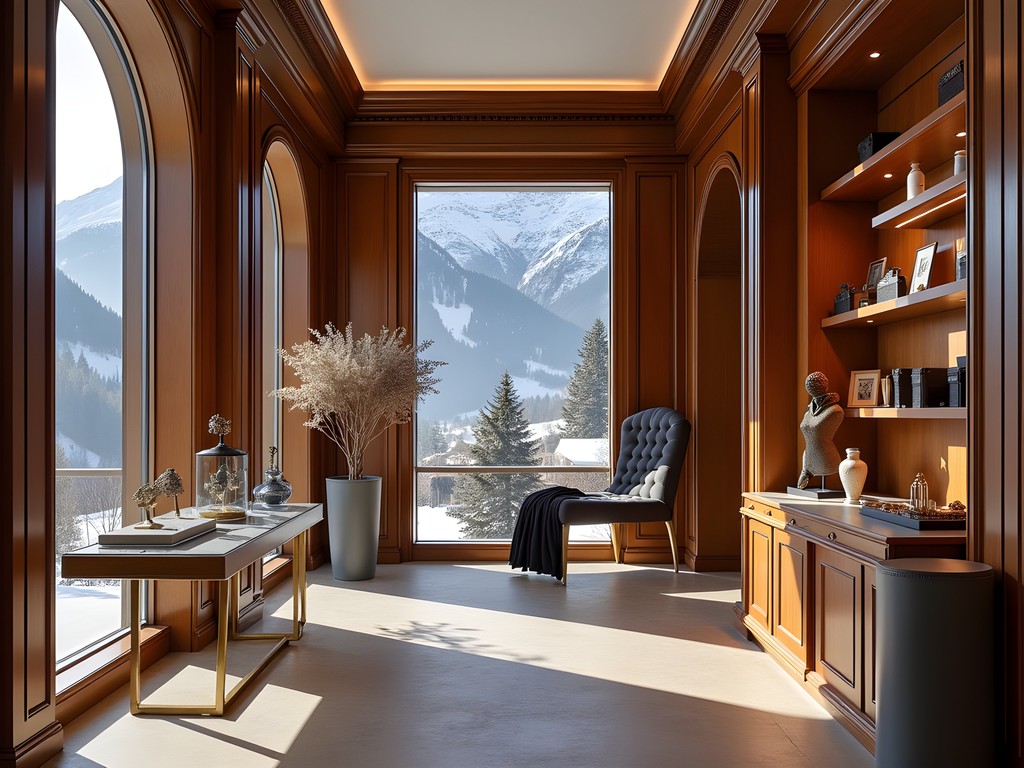
💡 Pro Tips
- Hotel guests receive priority appointments at the Palace boutiques—book through your concierge at least 24 hours in advance
- The Embassy offers private shopping hours before their official opening—request this for the most personalized experience
- Le Vendôme offers watchmaking demonstrations every Thursday at 4pm—reserve a spot even if you're not planning to purchase
Hidden Gems: The Backdoor Circuits of St. Moritz Luxury
Away from the main shopping arteries lie St. Moritz's hidden nodes of luxury—places known primarily to locals and returning devotees. These spaces operate like specialized circuits within a complex machine, serving essential functions while remaining largely unseen by casual observers.
Tucker is tucked into a converted wine cellar near the Kulm Hotel, accessible only via an unmarked door and a winding staircase. The space specializes in vintage alpine luxury—from 1960s Pucci ski suits to rare Hermès scarves with St. Moritz motifs. The owner, Matthias, approaches curation like a master engineer approaches material selection—with an encyclopedic knowledge of provenance and quality markers. I discovered a 1970s silver and enamel bracelet that commemorated the 1974 St. Moritz ski championships—a perfect intersection of craftsmanship and local heritage.
Lamb fur-lined gloves from Isabelle's workshop provided the most technically impressive discovery of my trip. Operating from what was once a watchmaker's atelier, Isabelle creates gloves that balance tactile sensitivity with thermal efficiency—an engineering problem I could appreciate. Using a leather conditioning balm she formulates herself, she treats each piece to withstand alpine conditions while maintaining suppleness.
Perhaps the most exclusive shopping experience came through a connection made during a meditation session at the Palace spa. A fellow participant mentioned Dimitri's appointment-only showroom, where this former Bulgari designer creates one-of-a-kind pieces that merge traditional Swiss enameling techniques with contemporary designs. His workshop, with its precision tools and systematic organization, reminded me immediately of my own machining environment—though his materials were decidedly more precious than my aerospace alloys.
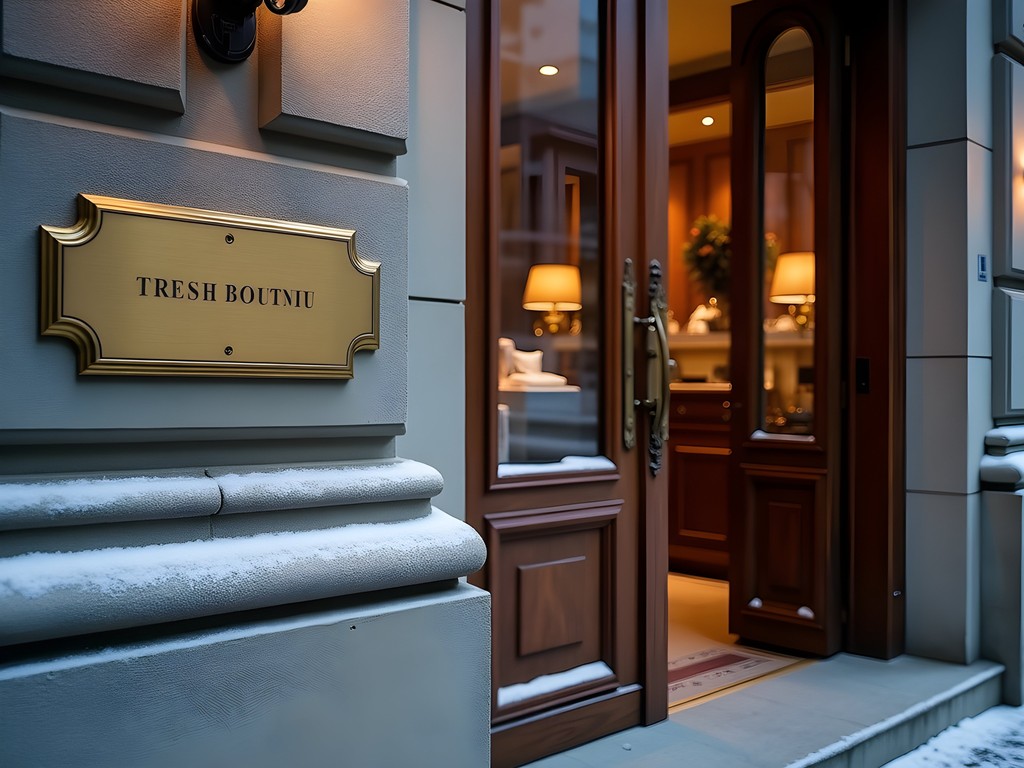
💡 Pro Tips
- Ask your hotel concierge about appointment-only boutiques—they often have relationships with designers who don't maintain public retail spaces
- Vintage shops like Tucker require patience—visit multiple times during your stay as new pieces are often put out daily
- Local crafts people appreciate technical questions about their processes—don't hesitate to ask about specific techniques
The Mindful Approach to Alpine Luxury
Luxury shopping in St. Moritz can quickly become overwhelming—a sensory assembly line of consumption that leaves even the most experienced shopper feeling disconnected from purpose. As someone who practices daily meditation, I've developed a framework for maintaining mindfulness throughout the luxury shopping experience.
I begin each shopping day with a 15-minute breathing meditation in my hotel room, setting an intention not for acquisition but for appreciation. This creates the mental space to engage with craftsmanship rather than simply responding to brand signals. I carry a small leather journal to document observations about particularly impressive details or techniques—much as I would note tolerances or material properties in my professional work.
Between boutiques, I practice what I call 'micro-meditations'—moments of complete presence often beside Lake St. Moritz or in the quiet corner of a café. This reset prevents the sensory fatigue that can lead to impulsive purchases and keeps my engineering mind sharp to evaluate quality and construction.
I've found that limiting myself to one significant purchase per day creates space for proper consideration. When I found a hand-carved wooden music box at Ebneter & Co., I didn't purchase it immediately. Instead, I continued my day's exploration, returning the following morning after allowing my impressions to settle. This approach has consistently led to acquisitions that maintain their meaning long after returning home.
Perhaps most importantly, I engage directly with creators and sales associates about process rather than prestige. Questions about manufacturing techniques or material sourcing typically reveal whether an item represents authentic craftsmanship or merely marketed luxury. The most meaningful purchases invariably come from conversations where both parties recognize and respect the engineering that underlies true quality.
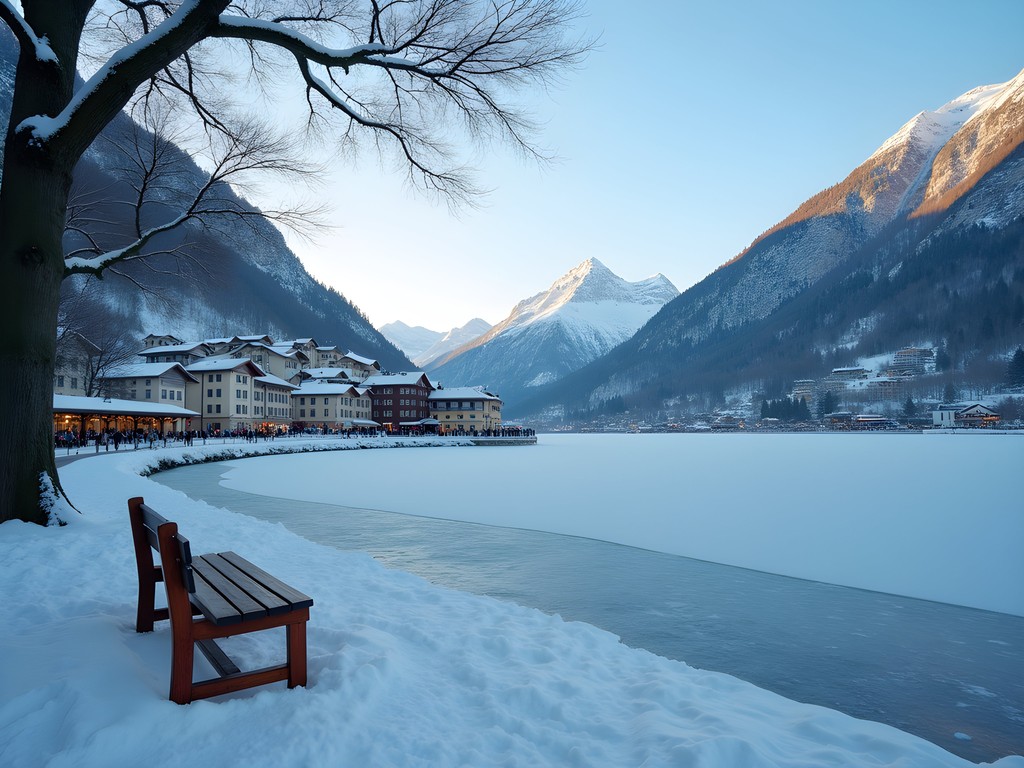
💡 Pro Tips
- Schedule 'white space' in your shopping itinerary—90 minutes without plans to allow for serendipitous discoveries
- For significant purchases, employ the 24-hour rule—note the item and return the next day if it still resonates
- Bring a small notebook to record details about craftsmanship techniques you observe—this creates a more meaningful connection than simply taking photos
Final Thoughts
St. Moritz's luxury shopping landscape operates with the same precision as the finest Swiss timepiece—each element carefully calibrated to create an experience greater than the sum of its parts. What distinguishes this Alpine shopping haven isn't merely the concentration of global luxury brands or even the exquisite local craftsmanship, but rather how these elements are integrated into an environment that elevates consumption to mindful appreciation. As I packed my carefully selected treasures—each representing an intersection of technical excellence and aesthetic refinement—I realized that the true luxury of St. Moritz shopping lies not in acquisition but in discernment. The ability to recognize and value craftsmanship is perhaps the most precious souvenir one can bring home from this winter wonderland. Whether you're drawn to the engineering marvel of a hand-finished timepiece or the tactile perfection of locally produced cashmere, approach each purchase not as a transaction but as an investment in excellence—one that will continue to appreciate in meaning long after the Alpine peaks have disappeared from view.
✨ Key Takeaways
- St. Moritz offers a uniquely concentrated luxury shopping experience where global brands and local artisans coexist in harmonious precision
- The most meaningful purchases come from engaging with creators and understanding the engineering behind their craft
- Building relationships with boutique staff and artisans unlocks access to limited editions and appointment-only experiences
- A mindful approach to luxury shopping—including intentional pauses and focused appreciation—leads to more satisfying acquisitions
📋 Practical Information
Best Time to Visit
Mid-December through February for peak winter luxury shopping
Budget Estimate
$5,000-$15,000 per day including accommodations and significant purchases
Recommended Duration
3-4 day weekend minimum
Difficulty Level
Beginner

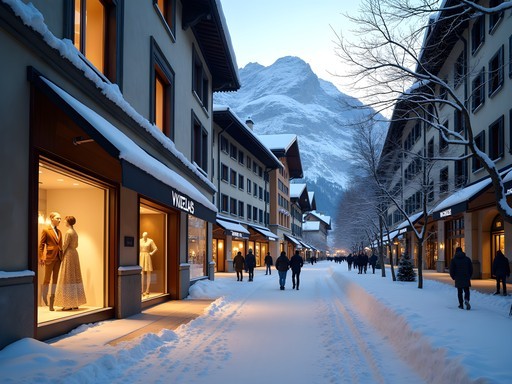
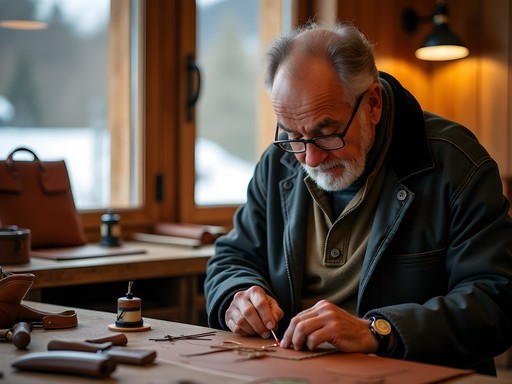
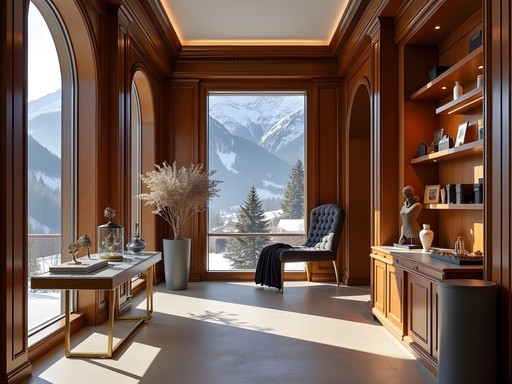







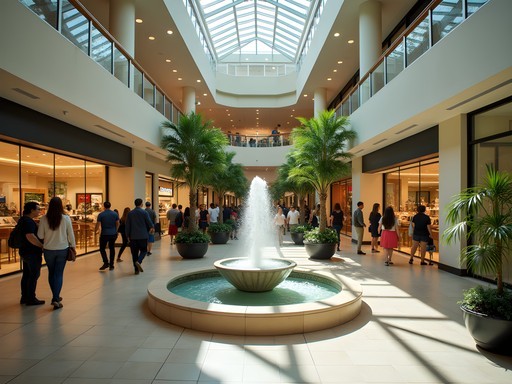


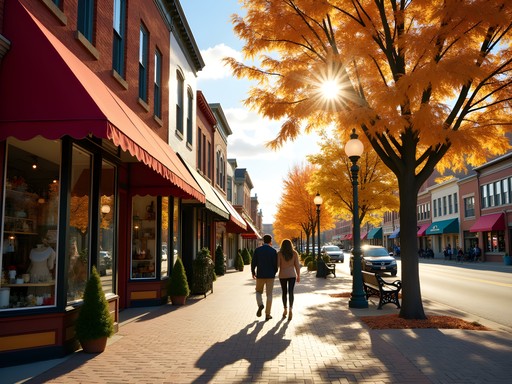
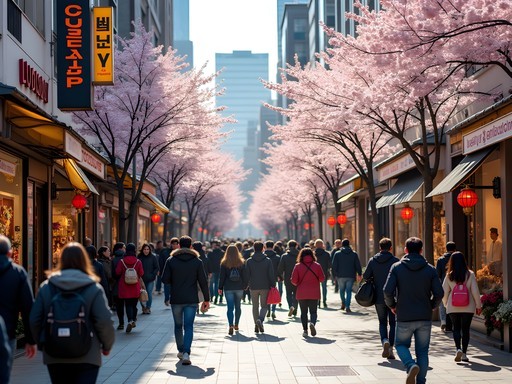
Comments
Kimberly Murphy
What a fabulous guide, Ella! St. Moritz is such a playground for luxury shoppers! I was there last season and absolutely fell in love with the whole experience. Beyond the big names on Via Serlas (which are AMAZING), I'd recommend everyone check out Glattfelder for the most gorgeous cashmere pieces you'll ever find. Also, for anyone visiting, I highly recommend bringing a proper designer shopping tote because you'll definitely need something stylish yet spacious for all your treasures! The staff at these boutiques really notice these details! The Swiss craftsmanship in the smaller shops is absolutely worth exploring too - I found the most incredible hand-carved wooden jewelry box that I treasure more than anything from the big designer stores!
Jean Wells
Ella, your description of Via Serlas as 'mechanical precision' is spot on. I've been visiting St. Moritz for over a decade, and the luxury shopping experience has evolved yet somehow remained timeless. For those interested in artisanal treasures without the Via Serlas markup, I'd recommend exploring the small workshops in nearby villages like Samedan and Pontresina. The craftsmanship is extraordinary, and you're supporting local artisans. Last winter, I purchased a hand-carved wooden sculpture that tells more about Swiss heritage than anything I could have found in the designer boutiques. I also recommend timing your visit during the less busy shoulder seasons when you can actually chat with shop owners without feeling rushed. I always travel with my travel journal to note down these hidden spots for future visits.
sunsetbuddy
Thanks for the tip about Samedan and Pontresina! Definitely adding those to my itinerary if I ever make it there!
globeone
Pro tip: The best time to visit the luxury shops is during January sales after the holiday rush. Still expensive but you might find something special at 30-40% off!
photophotographer
Beautiful photos! What camera did you use for the indoor boutique shots? The lighting looks perfect!
citymaster
Those window displays are insane! 🤩 Way out of my budget but fun to dream!
Gregory Boyd
Interesting contrast between St. Moritz's luxury shopping culture and the natural alpine beauty surrounding it. I've visited twice as part of longer European backpacking trips, and the economic stratification is fascinating from an anthropological perspective. While I typically avoid luxury consumption centers, I found the craftsmanship in some of the smaller workshops genuinely impressive. The disconnect between the average Swiss citizen and the international jet-set crowd is particularly evident here. Worth experiencing once, if only as a cultural study in wealth display and the commodification of exclusivity in travel destinations.
Kimberly Murphy
Totally get what you're saying, Gregory! I was actually surprised by how the luxury scene exists alongside some authentic local culture if you know where to look. Did you check out any of the local workshops where they make traditional crafts? I found those much more interesting than the big designer names!
Gregory Boyd
Indeed, Kimberly. I spent an afternoon with an elderly woodcarver in a workshop just outside the main tourist area. His family had been creating traditional Alpine pieces for generations - no luxury branding, just genuine craftsmanship. That experience felt far more authentic and valuable than anything on Via Serlas.
beachbuddy9892
Those shop windows look incredible! Do you need to dress up super fancy just to go shopping there? I'd feel so out of place in my normal travel clothes!
springone
Honestly, yes! I was there in February and felt COMPLETELY underdressed in my regular winter gear. The locals and regular visitors are decked out in furs and designer everything. I saw someone shopping in Gucci while wearing head-to-toe Gucci. It's a whole different world!
globezone
Been there twice. The window displays alone are worth the trip!
wanderlover7624
I was in St. Moritz last winter and the shopping scene is indeed something else! We couldn't afford much on Via Serlas (just window shopping there!) but found this amazing little shop called Heimatwerk that sells beautiful traditional Swiss crafts. Got the most gorgeous hand-carved wooden ornaments there. Also, the chocolate shops are worth every franc - Läderach was my favorite splurge!
nomadgal
Beautiful post! Is there anything affordable at all in St. Moritz for us regular folks, or is it all super high-end? Planning a trip there this winter but definitely not on a Badrutt's Palace budget 😅
Ella Dixon
Great question! There are definitely some more accessible options in the 'Hidden Gems' section of town. Look for the smaller artisanal shops away from Via Serlas where you can find beautiful local crafts and unique souvenirs that won't break the bank. The weekend market also has some lovely items at more reasonable prices!
nomadgal
Thanks so much, Ella! That's really helpful. Will definitely check out the weekend market!
Venture X
Premium card with 2X miles, $300 travel credit, Priority Pass